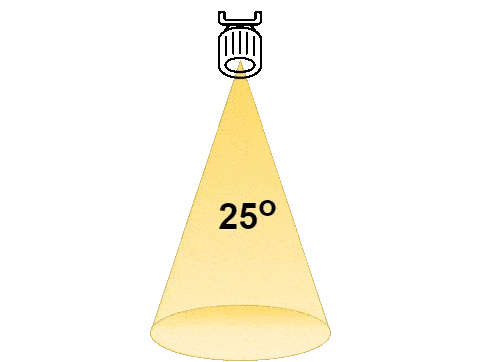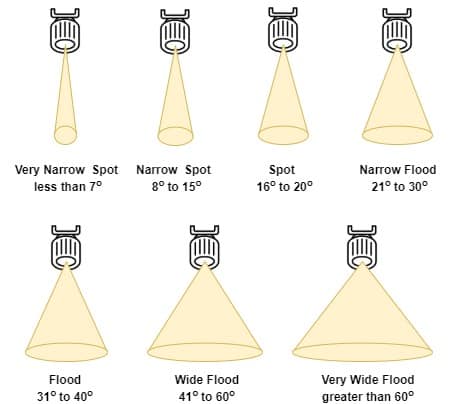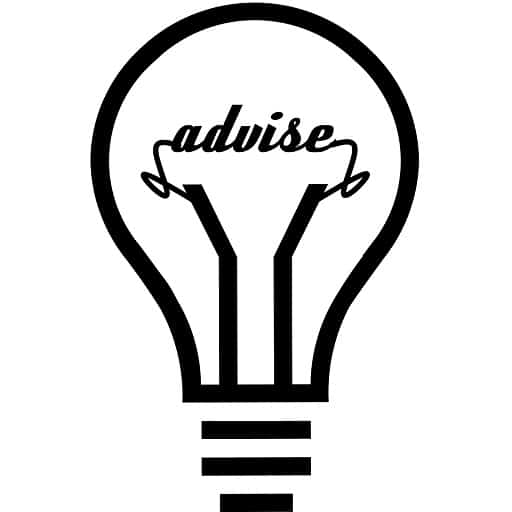The beam angle of a light or lamp is the angle of light distribution or emission. This angle of lighting also determines how much area will be covered by light. Lamps come in a variety of beam angles from as narrow as 4 degrees to as wide as 120 degrees (e.g. SMD LEDs).

For example, a spotlight has a narrow beam angle and a smaller area of illumination and a floodlight has a wide beam angle and a large area of illumination. The illumination area is determined by the beam angle and the distance between the light and the illuminated surface.

Whether you need a narrow-angle to highlight a particular architectural feature or a wide-angle to wash a large expanse of a façade, choosing the correct beam angles plays a vital role in the appearance and successful implementation of your lighting.
A narrower beam angle will normally result in a greater brightness or greater number of lumens for the same wattage, the light is concentrated on a smaller area.
For most domestic household ceiling fitted appliances a beam angle in the 30-40 degrees will be sufficient given the standard height of ceilings and the range, spread, and number of light bulbs in the area. Please also note that the wattage, type of light bulb, and color used will also determine the beam angles available.
Beam Angles are divided in terms of angle of spread of light. The range of angles slightly varies manufacturer to manufacturer.
| Types of Beam Angle | Typical Beam Angles | Code |
| Very Narrow Spot | 7 degrees or less | VNSP |
| Narrow Spot | 8 to 15 degrees | NSP |
| Spot | 16 to 20 degrees | SP |
| Narrow Flood | 21 to 30 degrees | NFL |
| Flood | 31 to 40 degrees | FL |
| Wide Flood | 41 to 60 degrees | WFL |
| Very Wide Flood | 60 degrees or more | VWFL |

How to choose the right beam angle for LED Lights?
Watch the video to learn more on how you can choose the right beam angle for your LED lights.
